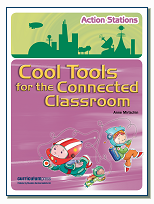Polly Woodside museum is in Melbourne in the beautiful Docklands are. Polly Woodside is a 1985 Tall Ship and is a reminder of Australia’s rich maritime history and of the importance of such ships to the settlement and development.
Polly Woodside intend to run a staff PD web conference session in October to promote the possible education and learning resources offered at the Polly Woodside.

However, following are the few logistical issues …
- they prefer an “outside broadcast” – “live” from the deck of the Polly Woodside and to then move around the deck to different locations and activities for the presentation.
- They would use a laptop computer for this with a good quality video camera (usb).
- Polly Woodside do not have any wi-fi. They were going to use a mobile wi-fi hotspot or possibly access/utilise the wi-fi from the Melbourne Convention Centre immediately next door to their location.
- National (ie Australia wide broadcast) so would need to be an accessible tool for all to participate.
- Want to demonstrate a class of students working on activities there but may need to be asynchronous ie via shared videos
Questions:
- Which tool to use for conferencing?
- How to overcome the logistics etc?
- How to share pre-recorded videos of students working on activities
My response:
Tools to be use Blackboard Collaborate (BbC) would be the top suggestion – can be used nationally through DET (Department of Education and Training, Victoria) license, can have up to 250 or more logged in. Allows a backchannel, video conferencing (participants would need to know how to grab the video module and drag it on to the whiteboard to make demonstrations more visible.) Can pull back the bandwidth if internet access is an issue. Best of all it has a recording function.
- MS Lync could be made to work as DET has a license, but would be more fiddly with invitations for schools outside DET etc.
- Maybe zoom but I don’t know how many video logins you can have with this but it is a relatively stable platform.
- Skype would only allow 5-10 video logins
- Live streaming through ustream etc but bandwidth heavy and may cause lots of problems.
Polly Woodside’s wifi access –
- a mobile dongle may also allow them sufficient bandwidth to web conference out.
- Cabled access is always preferable when working with video etc.
- Or if they can tap into the Melbourne Convention centre, that would be ideal.
Sharing videos of students involved in activities will be problematic for whichever tool chosen, due to file size, sound, bandwidth. Links to the work online would be better so participants can look later.
Challenges:
Sound, may need a wind sock for the microphone or alternative (would a headset with mic prevent the ‘wind’ type sound often experienced if outside?)
A mobile device logged in would allow a virtual tour by a moderator. Allows them to walk around, use the back camera and take us on a virtual tour, whilst another moderator is on the laptop. This could be smart phone, ipad, surface tablet etc.
Backup Plans: I think back up dates would be the only option. However, could we run BbC and MS Lync or is that too complicated simultaneously. Would need several moderators so if one falls down the other would work? If Polly Woodside are on board they can always record and share the recording link. Testing is essential and maybe several tests prior. A backchannel in Todays Meet or similar would allow communication through most problems. They would need smart phones
Summarising: I think that BbC is the tool to use (MS Lync could be made to work too). Polly Woodside would need to test the set up before hand. (We would be happy to be a ‘test’ class) and work through any of the sound and video issues that might arise.) Ideally they should have a standby tool like ustream but I have seen that fall over many times when used on poor bandwidth or even ideal bandwidth.
What suggestions would you make? What tips could you give?




















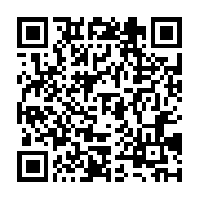






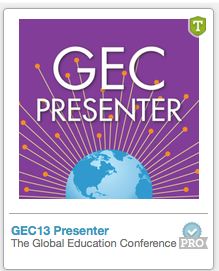
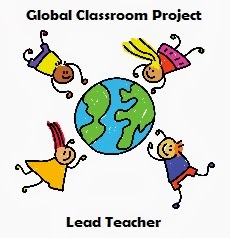
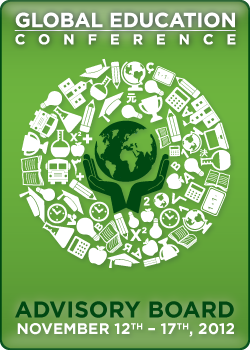
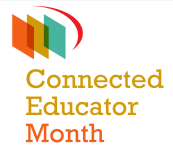
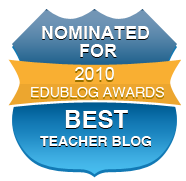




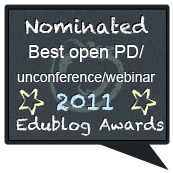
 Twitter/murcha
Twitter/murcha Del.icio.us/murcho
Del.icio.us/murcho GMail/Anne M
GMail/Anne M Blog/Anne M
Blog/Anne M